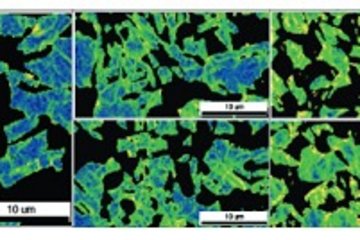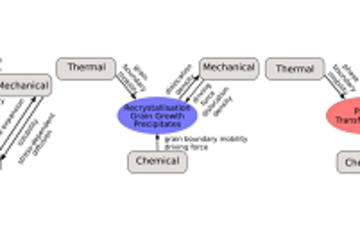All genres
1.
Journal Article
Water adsorbate phases on ZnO and impact of vapor pressure on the equilibrium shape of nanoparticles. The Journal of Chemical Physics 148, 054701 (2018)
2.
Journal Article
Water aggregation and dissociation on the ZnO(1010) surface. Physical Chemistry Chemical Physics 19, pp. 1466 - 1486 (2017)
3.
Meeting Abstract
Water adsorption on non polar ZnO surfaces: from single molecules to multilayers. In APS March Meeting 2015, abstract #G8.011. APS March Meeting 2015 , San Antonio, TX, USA, March 02, 2015 - March 06, 2015. (2015)
4.
Meeting Abstract
Water adsorption on non polar ZnO surfaces: from single molecules to multilayers. In DPG Spring Meeting 2015, Abstract: O14.12. DPG Spring Meeting 2015 , Berlin, Germany, March 16, 2015 - March 20, 2015. (2015)
5.
Meeting Abstract
Impact of the vapour pressure of water on the equilibrium shape of ZnO nanoparticles: An ab-initio study. In APS March Meeting 2014, abstract #Q2.009. APS March Meeting 2014 , Denver, CO, USA, March 03, 2014 - March 07, 2014. (2014)
6.
Meeting Abstract
Impact of the vapour pressure of water on the equilibrium shape of ZnO nanoparticles: An ab-initio study. In DPG Spring Meeting 2014, Abstract: O50.6. DPG Spring Meeting 2014 , Dresden, Germany, March 30, 2014 - April 04, 2015. (2014)
7.
Thesis - PhD
Ab Initio Study of the Low-Index Non-Polar Zinc Oxide Surfaces in Contact with Water: from Single Molecules to Multilayers. Dissertation, Fakultät für Physik und Astronomie der Ruhr-Universität Bochum, Bochum, Germany (2015)











